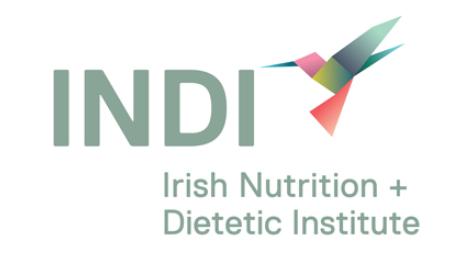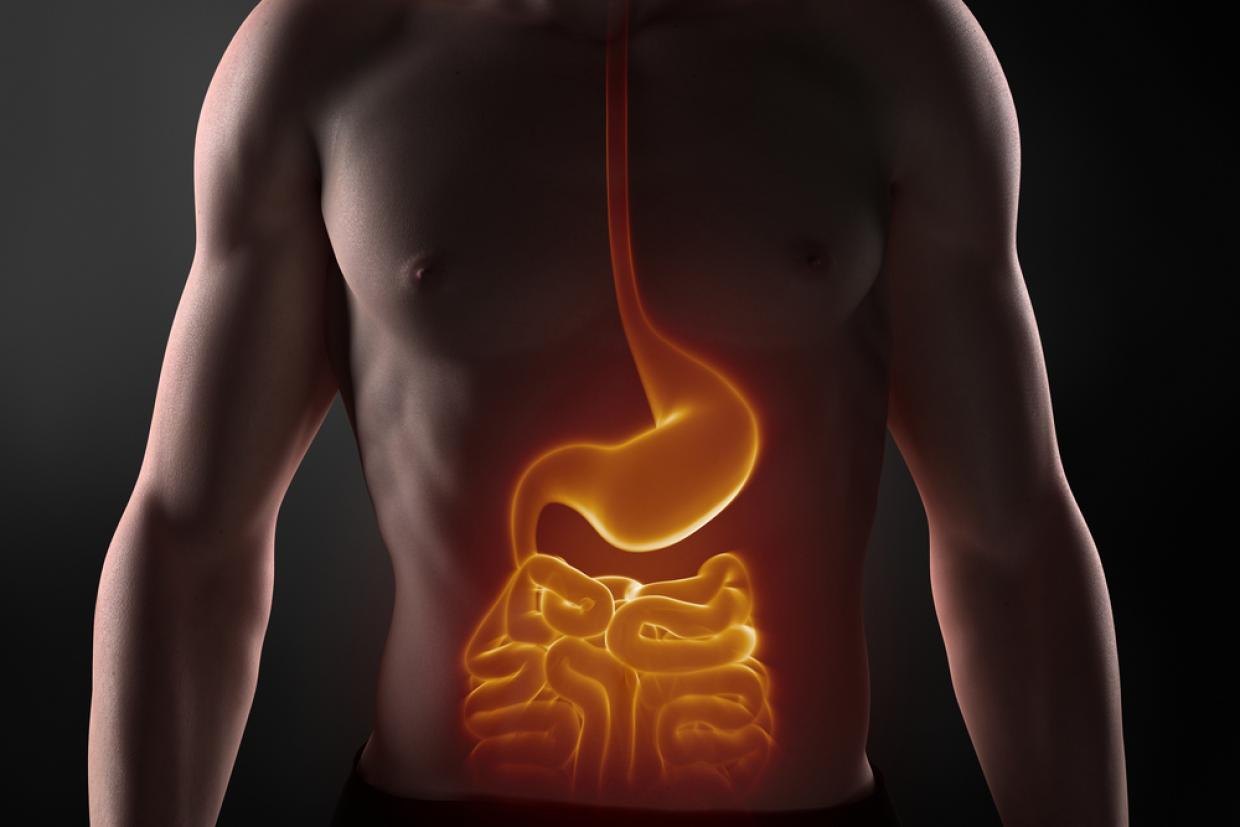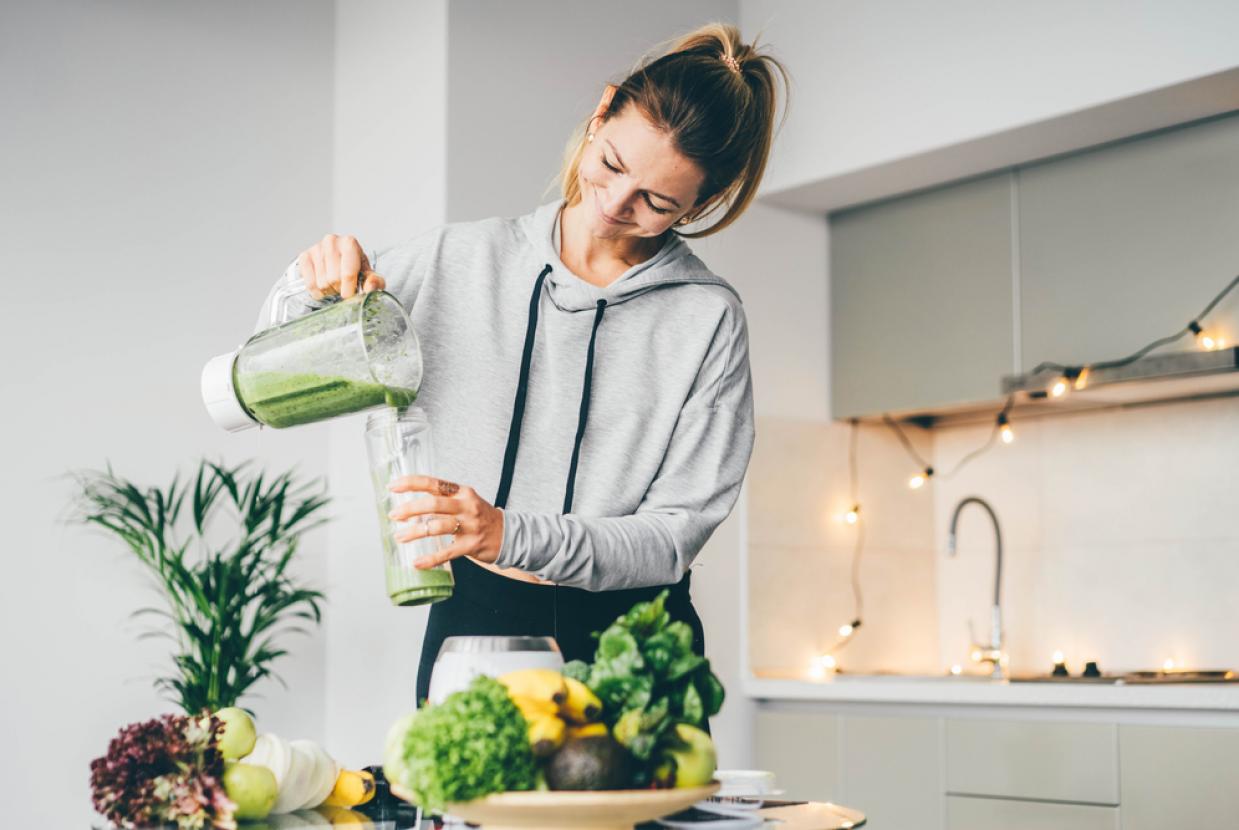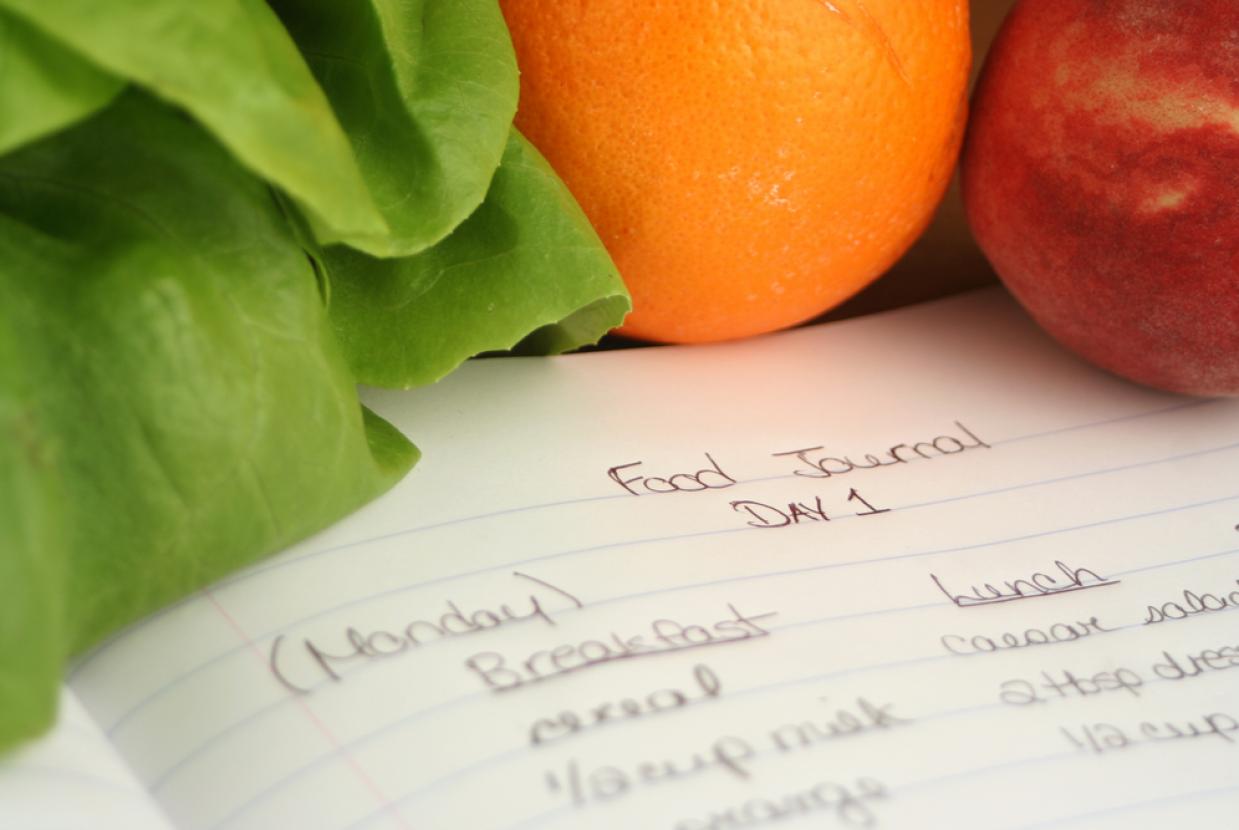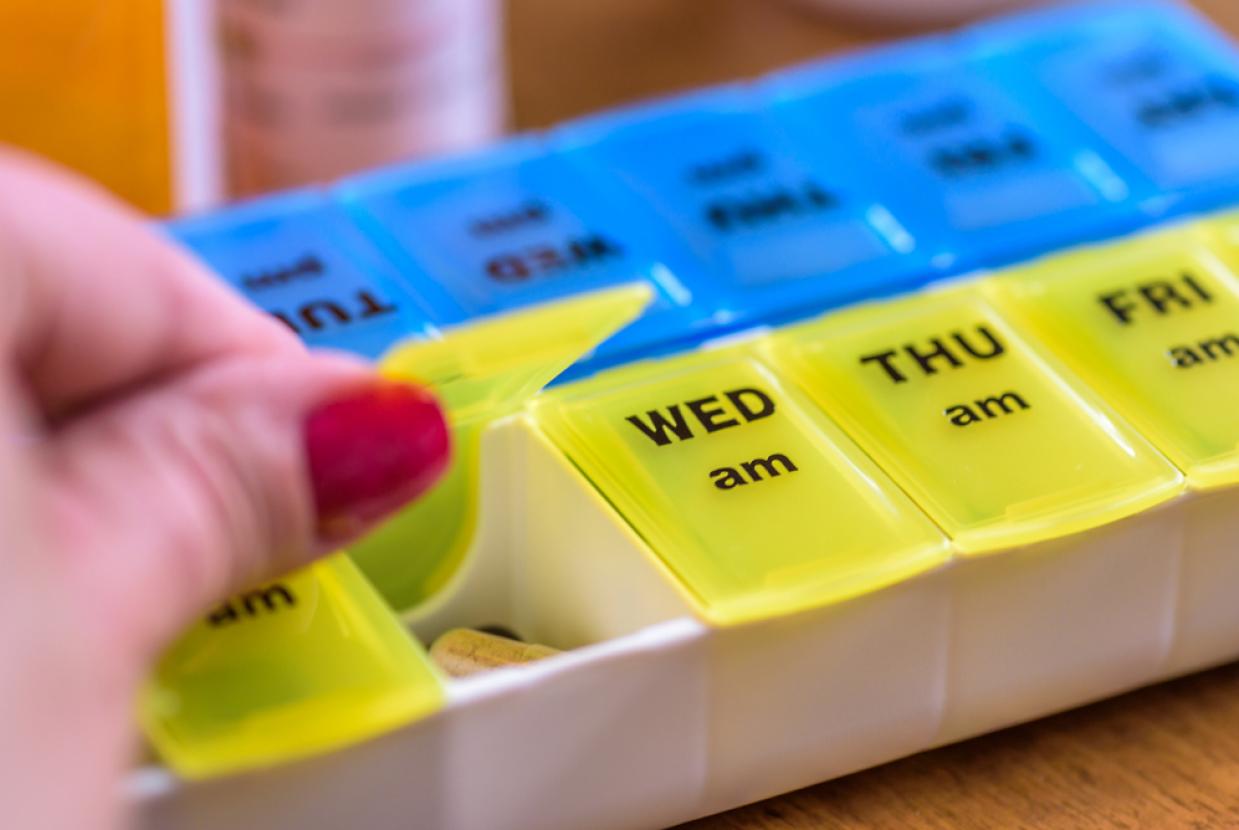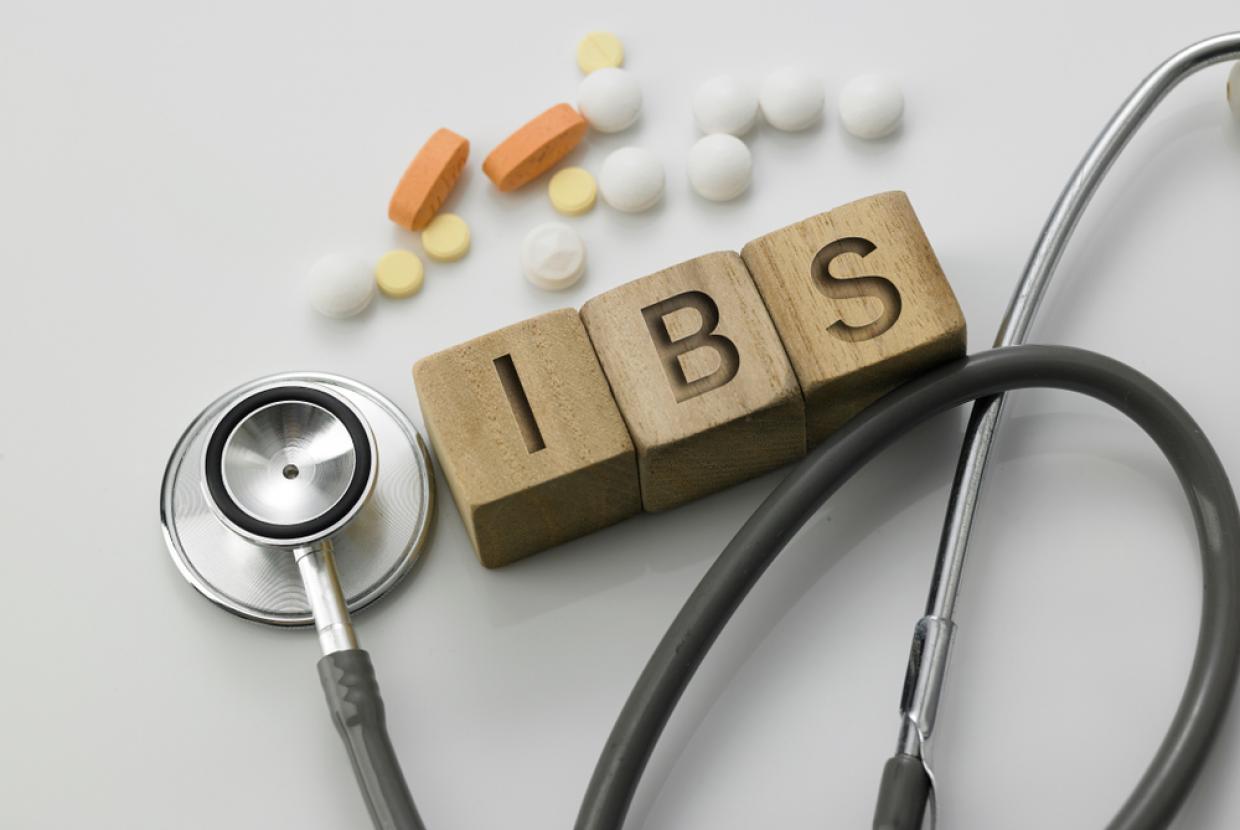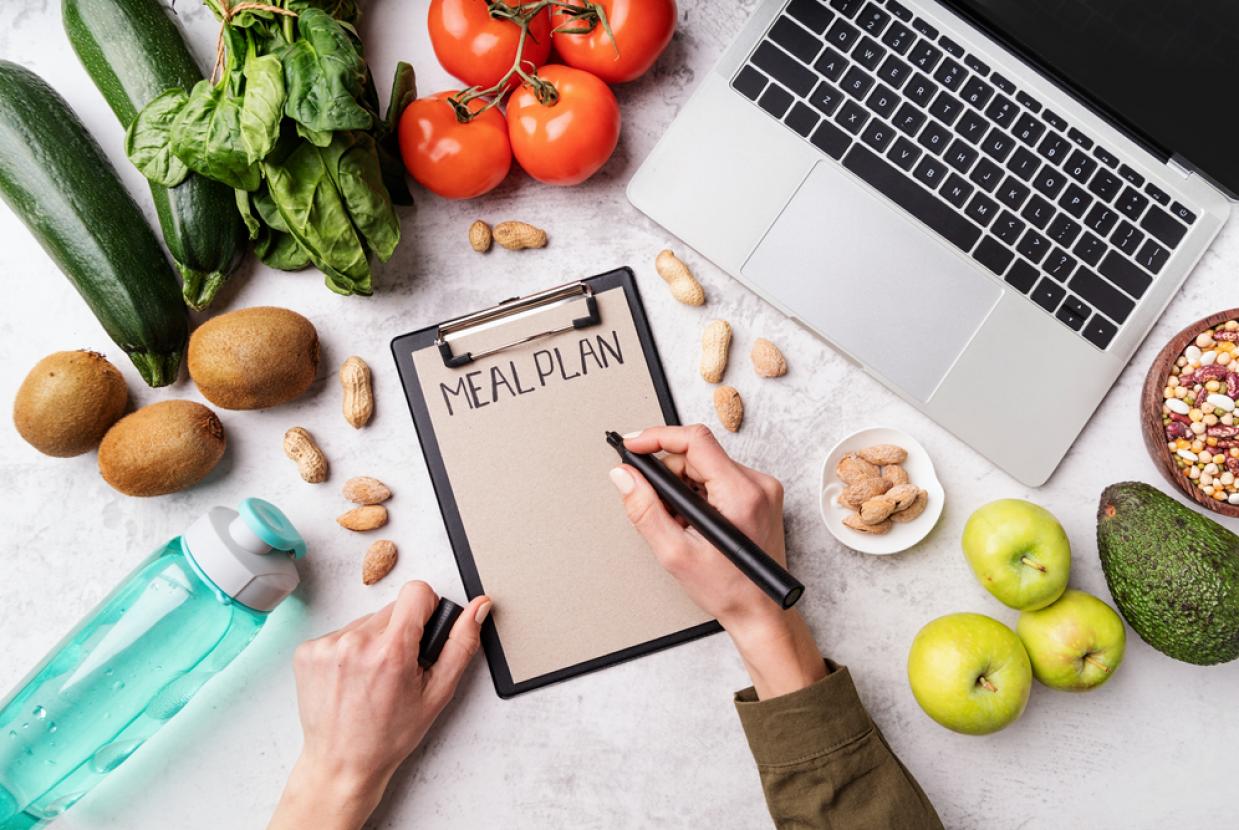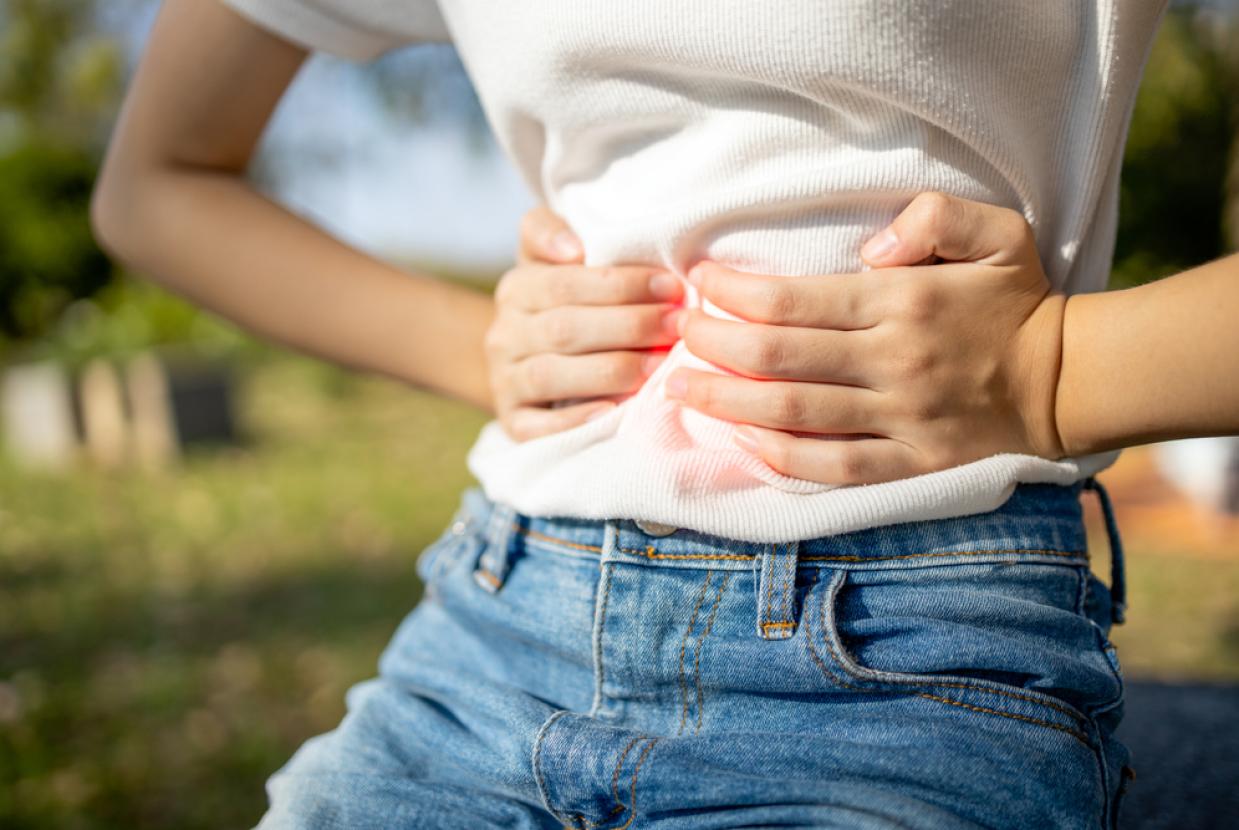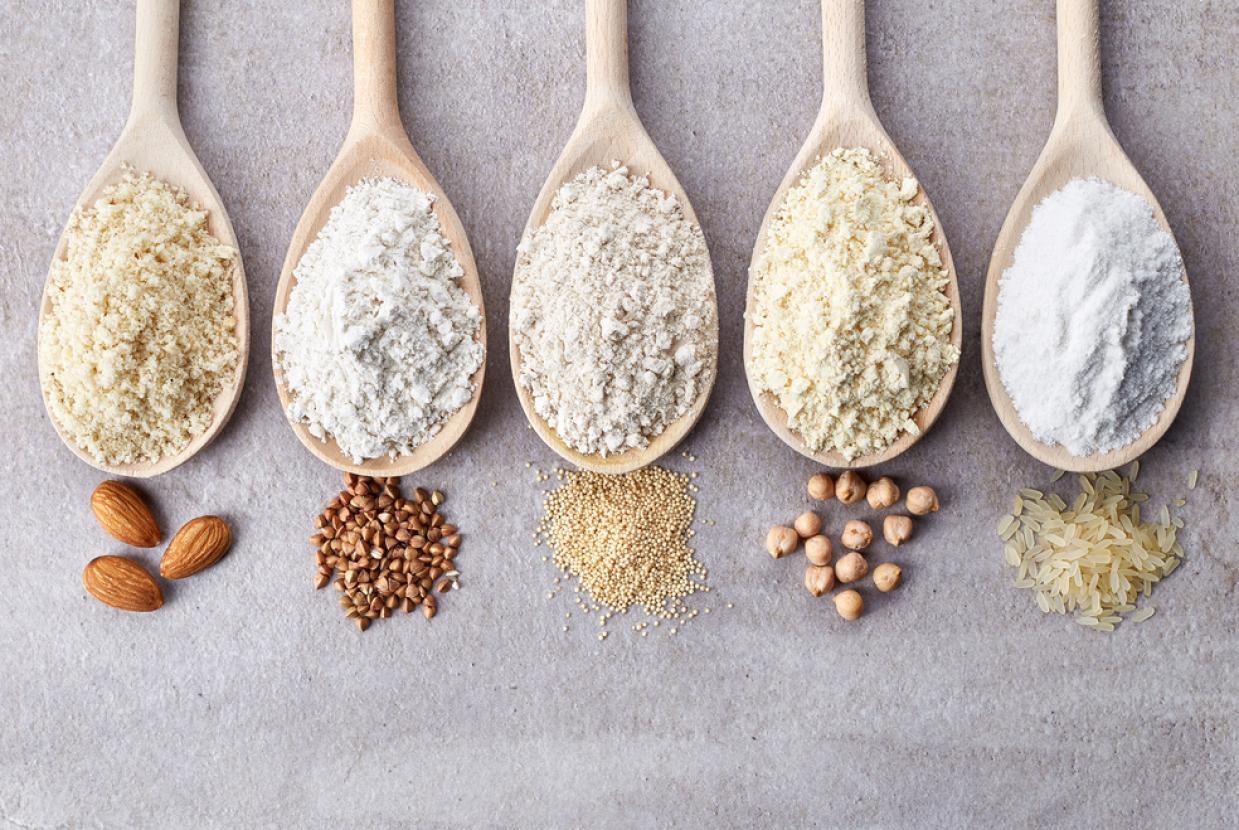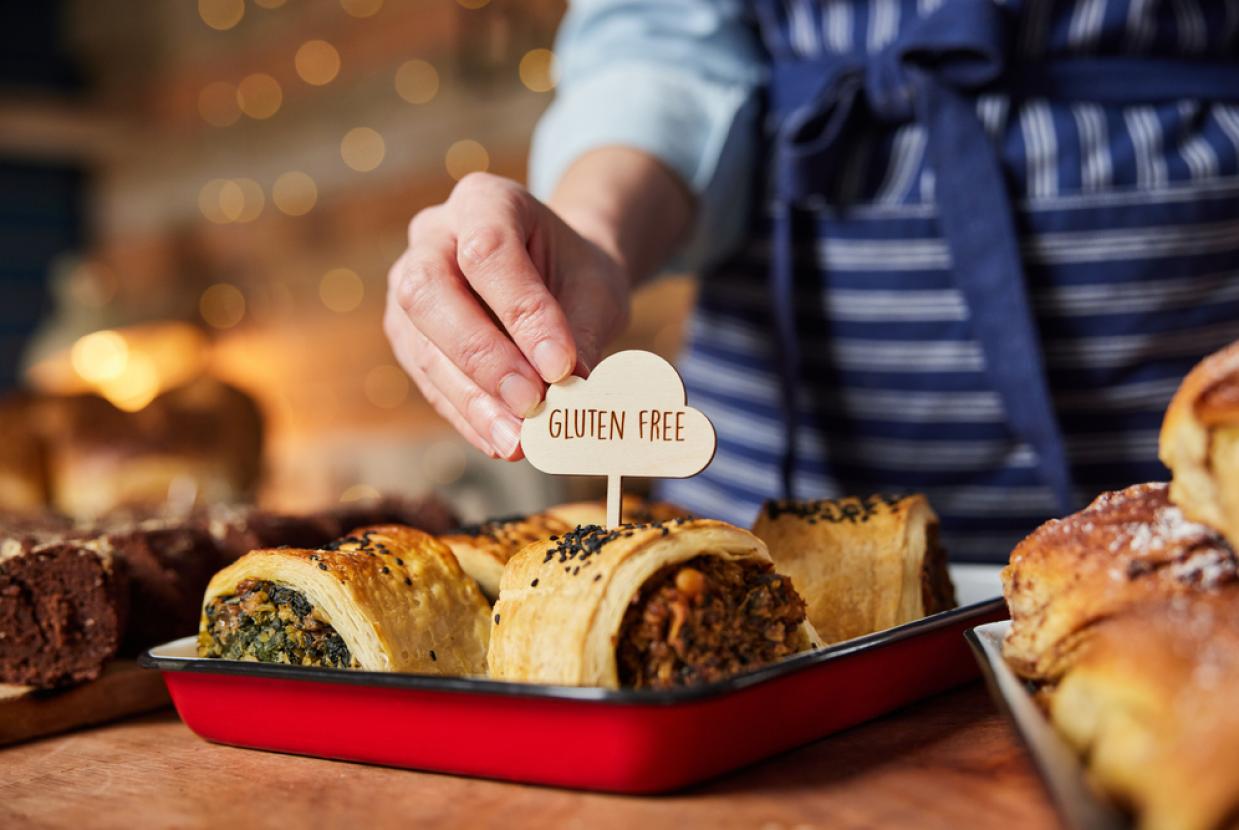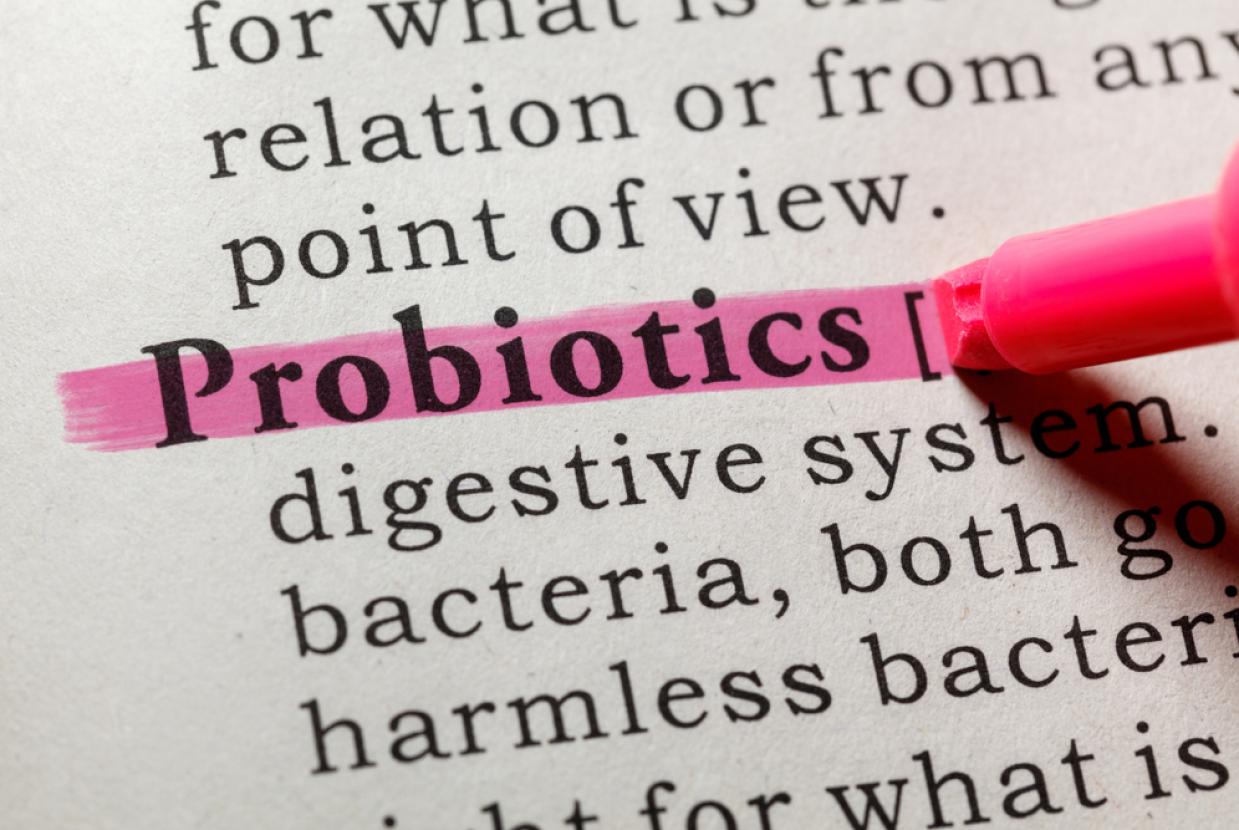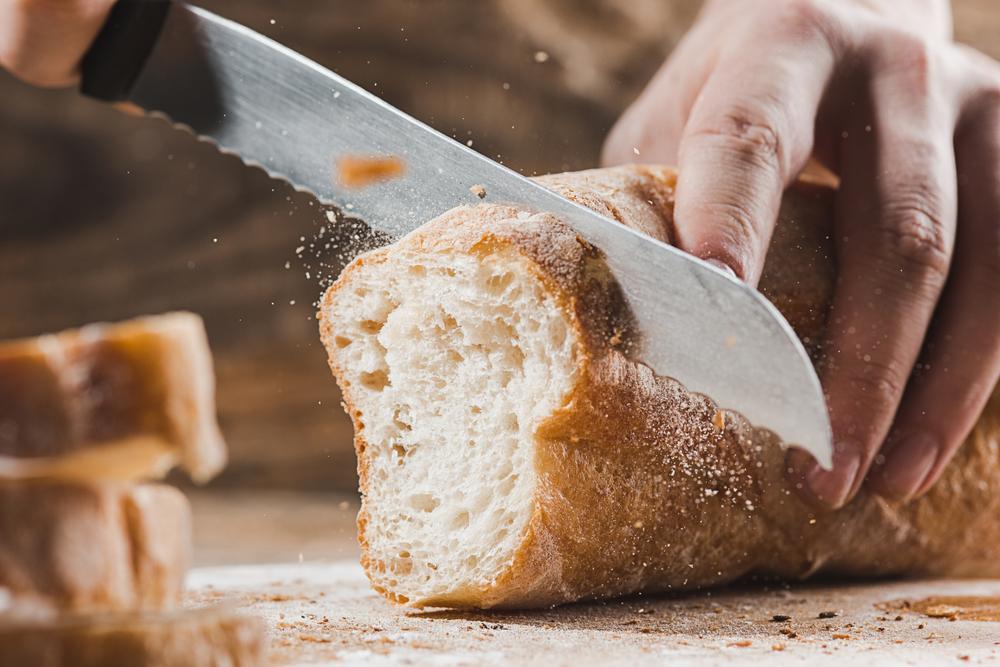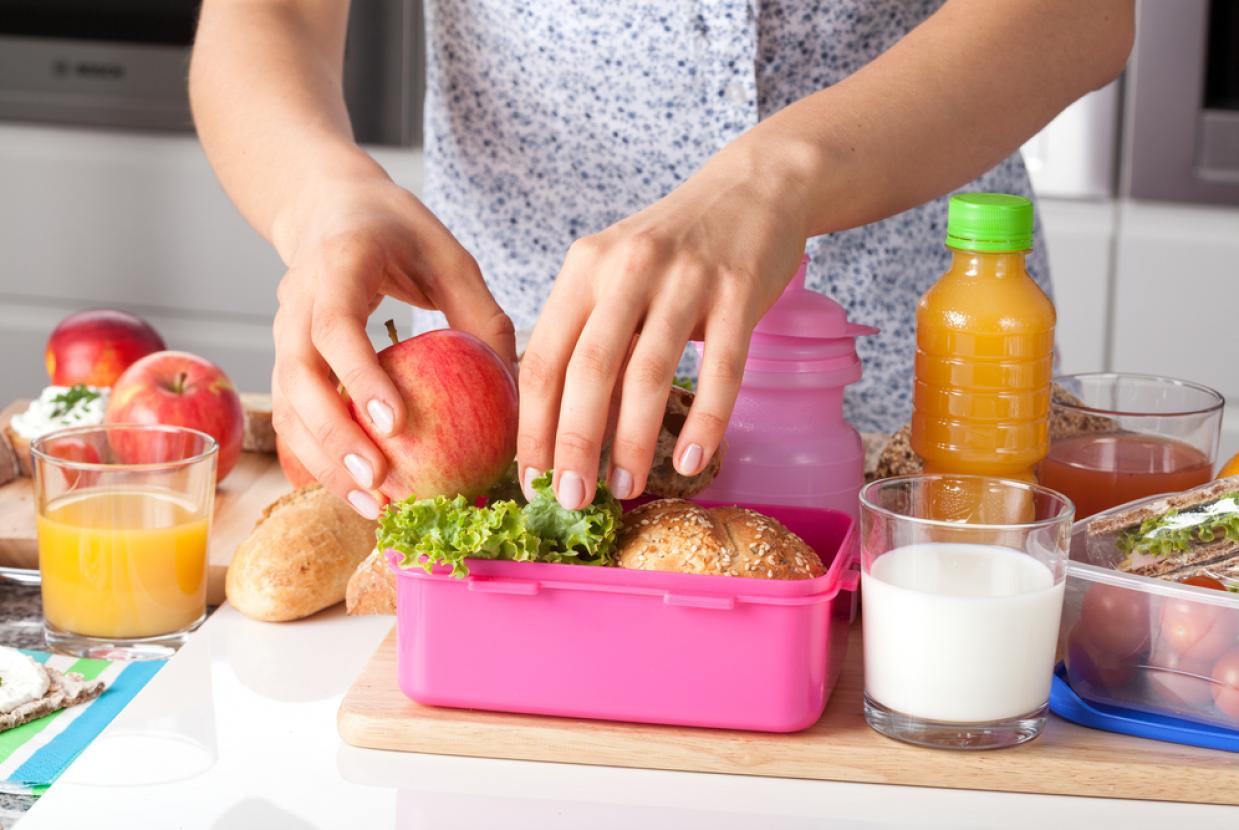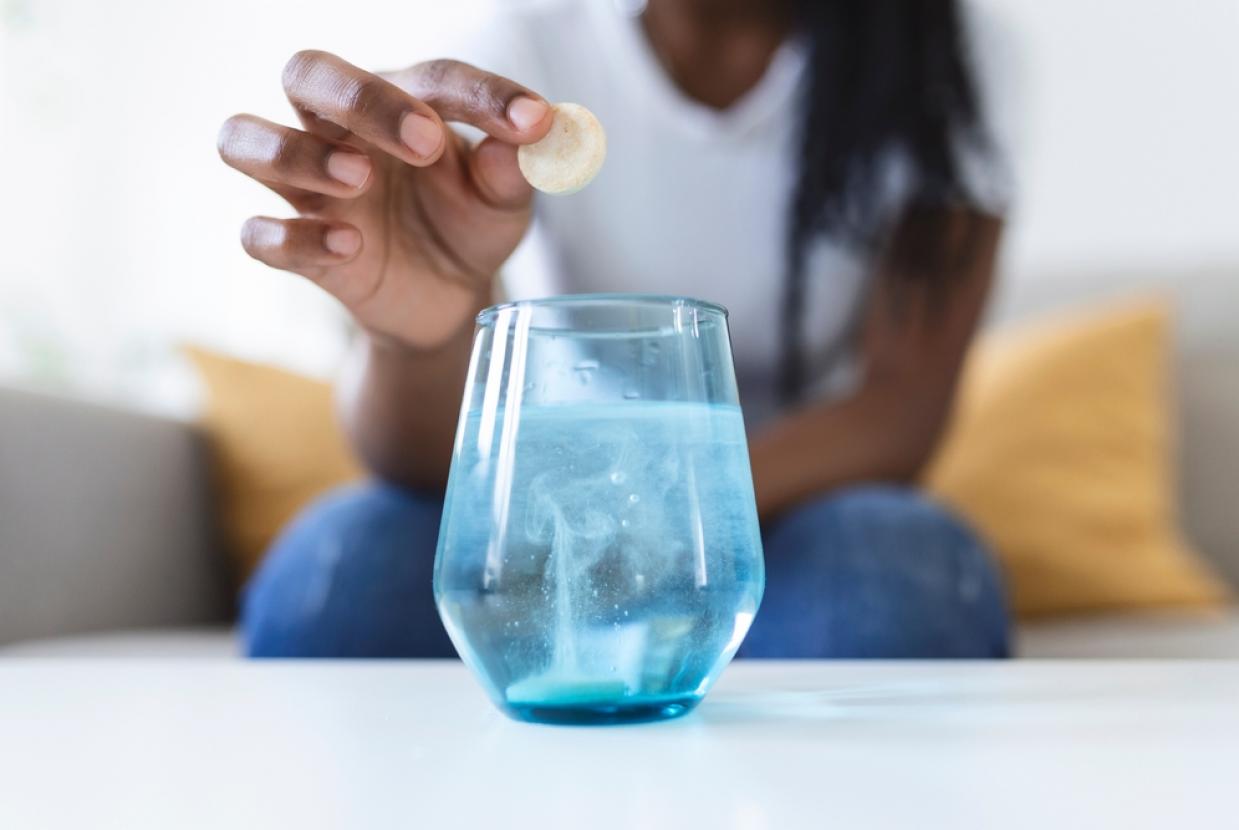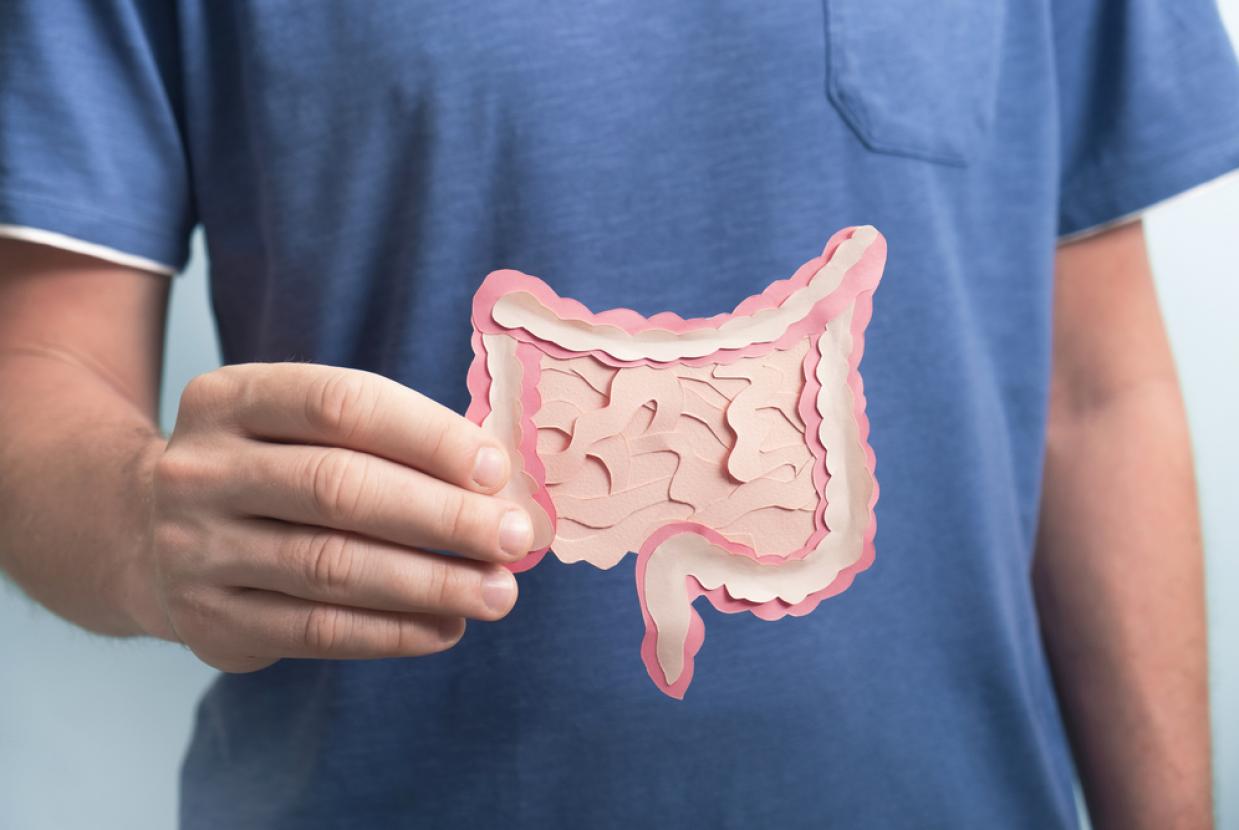Fabulous Fibre
Fibre very simply comes from plants not animals. There are many different types of fibre that are important for health, but they are usually split into two main groups and they are known as soluble and insoluble fibre. As with many aspects of diet variety is very important.
Soluble fibre which is also known as fermentable fibre is found in:
- Beans and lentils such as baked beans and split peas
- Vegetables such as carrots, parsnips and potatoes
- Fruits such as blueberries, bananas strawberries and apples
- Grains such as oats barley rye keen well and buckwheat
Soluble fibre is fantastic. It dissolves in water and for gel in the gut and this helps to keep stools soft, most people think that preventing constipation is the main reason to have fibre but fibre has many different functions.
Insoluble fibre which is also known as partially fermented fibre is found in
- High fibre breakfast cereals wholemeal breads grains pasta and rice
- Vegetables fruits with skins and pips
- Potatoes with skins
- Nuts and seeds (Flaxseeds contain both soluble and insoluble fibre and as such can be helpful to keep your bowel healthy)
Insoluble fibre is great for making you feel fuller for longer and helps to form bulkier stools.
Why is fibre important?
High fibre foods are sources of vitamins and minerals and in wholegrains specifically B vitamins and folic acid, essential fatty acids (omega 3), antioxidants including vitamin E and selenium and many micronutrients.
Ensuring that we have fibre in diet ensures that our stools are bulked, and it helps to remove waste quickly through our digestive tract which is healthier for us reducing the time that waste substances are in contact with the bowel wall
Fibre is also really helpful in providing a food source also known as prebiotics for our friendly gut bacteria.
A Higher fibre diet keeps us fuller for longer. Which helps to manage our weight, reduce the risk of heart and strokes and reduces the risk of type II diabetes. All of the above in association with healthy eating and lifestyle.
How much fibre do I need every day? We need 24g-35g of fibre every day to keep support our digestion and health.
Top 10 Fibre Tips
- Always have breakfast. Breakfast is a great place to start adding fibre. People who skip breakfast are more likely to have low fibre intake compared to breakfast eaters. Go for a high fibre breakfast cereal – look for cereals with 3g of fibre per 100g of cereal (or more!). You can also choose wholegrain bread or toast.
- Add seeds. All kinds of seeds are high in fibre. Sunflower seeds, sesame seeds, pumpkin seeds and linseeds are all good. You can try them whole or milled. Aim to get 2 tablespoons of seeds every day. Add them to breakfast cereals, yoghurt, homemade bread or sprinkle then over salads.
- Eat more beans! Beans and lentils are very high in fibre, especially soluble fibre. Baked beans are a great source of fibre –half a tin will give you 7.5g of fibre. Chickpeas, kidney beans and butter beans are also very good – half a tin of these beans will give you about 10g of fibre. Try soups made with beans and lentils, add beans to a salad, and add lentils into soups, stews and casseroles. Try to have beans at least 3 or 4 times a week.
- Add vegetables. Vegetables and salad all have fibre – and they also add up to some of your 5-a-day. As a good rule of thumb, salad or vegetables should make up 1/3 of your lunch and 1/3 of your dinner. Try a bowl of vegetable soup at lunch time and lots of carrots and peas at dinner time. Frozen vegetables are just as good as fresh if you are short on time.
- Eat fruit. A piece of fruit will give you about 2g of fibre. Aim to have 2-3 pieces of fruit everyday – this can add 4 to 6g of fibre. Try slicing a banana over your breakfast cereal, chopping an apple into a salad or just enjoy an orange or a pear for your mid-afternoon snack. • Choose wholegrain bread. Although white bread does have a little fibre, you can really boost your fibre by switching to wholegrain bread instead. Not only will wholegrain bread give you fibre, it can also help protect you from heart disease and some types of cancer.
- Eat potatoes with the skins. Most of the fibre in a potato is in the skin, so try potatoes baked, boiled in their jackets or as wedges baked in the oven with a little olive oil and some herbs. Baby potatoes are also a great source of fibre; just remember to eat the skins!
- Try some brown rice or pasta. Switching from white rice to brown rice will also help to boost your fibre. Just remember that brown rice can take slightly longer to cook. Brown pasta cooks just as quickly as white pasta, and although it may seem strange at first, you will quickly get used to it!
- Snack on nuts and dried fruit. Snacks like mixed nuts and raisins are high in fibre and make a great alternative to crisps and sugary snacks in between meals. Nuts and raisins are still high in calories, so don't go eating them by the pound! However, a handful of nuts and raisins is a good snack that will help to boost your fibre intake.
- Drink water! Fibre works by soaking up liquid in your bowel and making everything soft and easy for you to pass. However, you need to add water for this to work. Aim to have 6-8 glasses of water per day. You can also use noncaffeinated herbal teas like peppermint or camomile if you find it hard to drink this much water.



